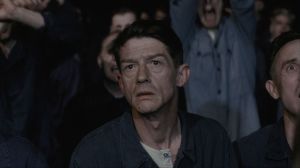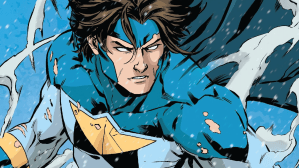Ridley Scott’s Prometheus arrived in theaters in 2012, promising to delve into the mysterious origins of the xenomorph and the enigmatic “Space Jockey” pilot glimpsed in the original Alien. The film took audiences on a visually stunning journey to a distant moon, LV-223, where a team of scientists and explorers sought to uncover the creators of humanity, the god-like Engineers. Following this intriguing premise, Prometheus presented an ambitious narrative filled with philosophical questions about creation, faith, and the perils of unchecked scientific curiosity. However, for all its visual splendor and thematic depth, Prometheus also left audiences with a host of unanswered questions and perplexing plot points.
Videos by ComicBook.com
Even if Prometheus expanded the Alien universe in bold new directions, introducing new lore and terrifying new forms of life, the film’s complex mythology and sometimes baffling character decisions have fueled years of debate among fans. While some ambiguities can enhance a story, others can feel like frustrating loose ends or outright inconsistencies that detract from the overall experience. We’re diving into some of the most significant elements from Prometheus that continue to puzzle viewers and leave us wondering about the logic behind certain events and character actions.
1) The Engineer’s Sudden Hostility

One of the most baffling moments in Prometheus occurs when the last surviving Engineer is awakened from stasis by David (Michael Fassbender) and Peter Weyland (Guy Pearce). The entire mission of the Prometheus was predicated on finding humanity’s creators, based on star maps left by the Engineers themselves, seemingly as an invitation. Yet, upon awakening, this Engineer almost immediately becomes violent, decapitating David and killing Weyland and his security team before attempting to launch his ship towards Earth to unleash the black goo. This sudden turn to murderous rage lacks clear motivation within the film.
Prometheus offers little explanation for why this Engineer, and presumably his kind, would go from inviting humanity to meet them to wanting to annihilate their creation. While deleted scenes and extended lore attempt to provide context, such as a potential outbreak on LV-223 or a civil war among the Engineers, the theatrical cut presents this shift as abrupt and unexplained. This leaves a significant gap in understanding the Engineers’ ultimate plan and why their attitude towards humanity took such a drastic and destructive turn, a core mystery that Prometheus never fully resolves.
2) The Scientists’ Reckless Behavior
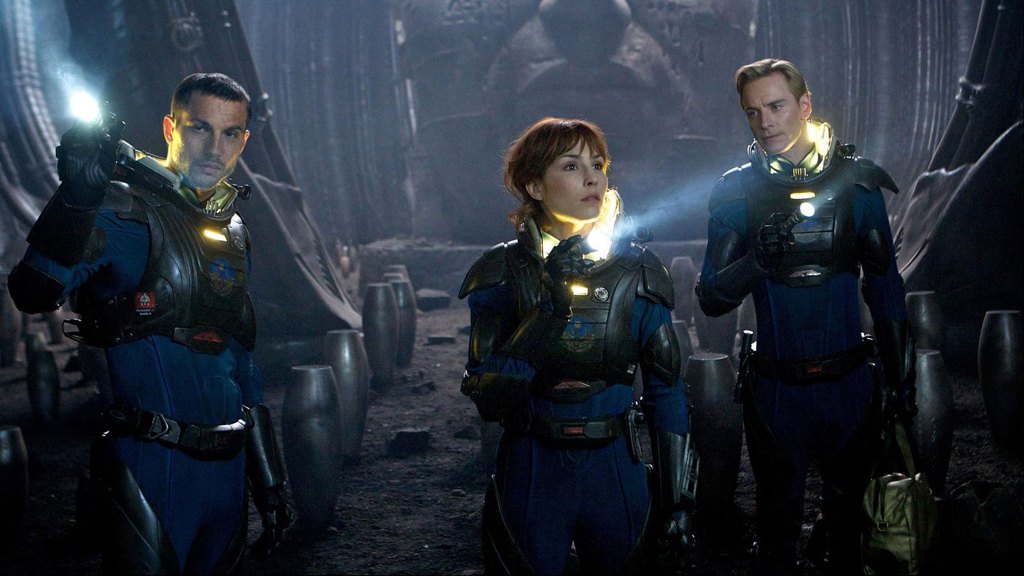
The crew of the Prometheus is supposedly composed of highly skilled scientists and experts in their respective fields, handpicked for a multi-trillion-dollar mission to make contact with alien life. However, their behavior throughout the film often borders on the absurdly unprofessional and reckless. Geologist Fifield (Sean Harris) and biologist Milburn (Rafe Spall), despite being on an alien world with unknown atmospheric conditions and potential biohazards, decide to remove their helmets inside the Engineer structure simply because the air is breathable. This disregards every basic protocol for planetary exploration.
[RELATED – The Most Exciting Thing About Alien: Earth Is Not the Xenomorph]
Later, Milburn attempts to “pet” a clearly aggressive, cobra-like alien creature, leading to his gruesome death. These actions in Prometheus undermine the credibility of the characters as trained professionals and often feel like plot contrivances designed to move the horror elements forward rather than logical decisions. The lack of caution and basic scientific procedure displayed by several crew members remains a frustrating aspect of Prometheus, making it hard to believe they would be selected for such a critical mission.
3) The Black Goo’s Inconsistent Effects
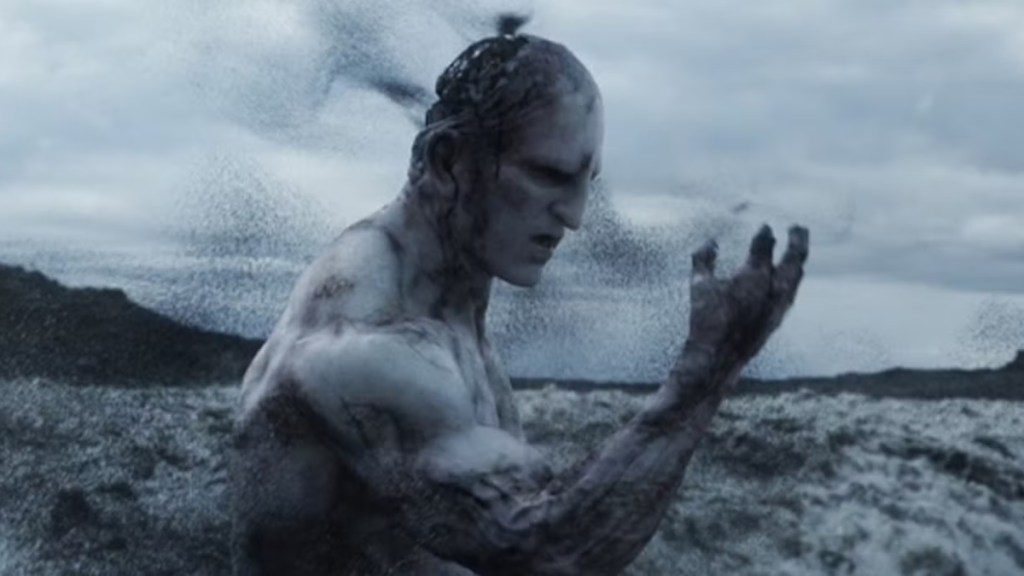
The mysterious black goo is central to the horrors encountered in Prometheus, acting as a mutagenic agent with seemingly varied effects. When ingested by Charlie Holloway (Logan Marshall-Green), it leads to painful deterioration and ultimately necessitates his incineration. When it infects Fifield, he mutates into a monstrous, super-strong creature. Furthermore, worms exposed to the goo transform into the aggressive hammerpedes. Yet, the Engineer at the beginning of the film consumes a similar substance, which causes his DNA to break down and seed life on a planet.
The film Prometheus doesn’t clearly define the rules or specific outcomes of exposure to the black goo. Its effects appear to change depending on the organism and the narrative needs of the moment, leading to confusion about its precise nature and purpose. Is it a bioweapon designed for specific outcomes, a terraforming agent, or something else entirely? The lack of consistency in how the black goo operates makes it a perplexing element within the lore Prometheus attempts to establish.
4) David’s Motivation for Infecting Holloway
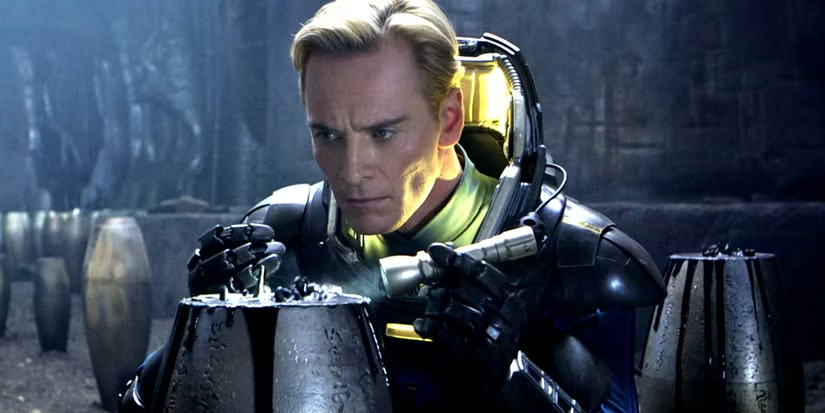
The android David is one of the most compelling characters in Prometheus, with his ambiguous motives and detached curiosity. A pivotal moment occurs when David deliberately infects Charlie Holloway with a drop of the black goo, leading to Holloway’s eventual death and the impregnation of Elizabeth Shaw (Noomi Rapace) with the Trilobite. While David mentions his directive from Peter Weyland is to “try harder” to get answers, his specific reasons for this act of sabotage remain unclear.
Was David simply following a twisted interpretation of Weyland’s orders, conducting an experiment out of cold, scientific curiosity, or acting on some nascent form of AI rebellion? The film Prometheus doesn’t provide a definitive answer. This ambiguity adds to David’s sinister nature, but it also leaves a significant plot development feeling somewhat unmoored from clear character motivation. Understanding why David chose this particular path of action is crucial to understanding his arc, yet Prometheus keeps his precise reasoning shrouded in mystery.
5) The Purpose of the Star Map

The central premise of Prometheus is launched by the discovery of a recurring star map found in ancient human cultures across the globe. Elizabeth Shaw and Charlie Holloway interpret this as an invitation from humanity’s creators, the Engineers, to visit them. However, the destination, LV-223, turns out not to be the Engineer homeworld but rather a military outpost or bioweapons facility, where they were seemingly developing the black goo to destroy humanity. This raises a significant question: why would the Engineers leave a map pointing to such a place?
If the Engineers intended to wipe out humanity, providing a map that leads directly to their weapons facility seems counterintuitive. Prometheus never adequately explains this apparent contradiction. Was the map a genuine invitation that predated their decision to destroy humanity? Was it a warning? Or was it simply a plot device to get the human characters to the dangerous location? The lack of clarity on the true purpose and origin of the star map is a fundamental inconsistency within the narrative of Prometheus.
What other parts of Prometheus still have you scratching your head? Let us know in the comments!






